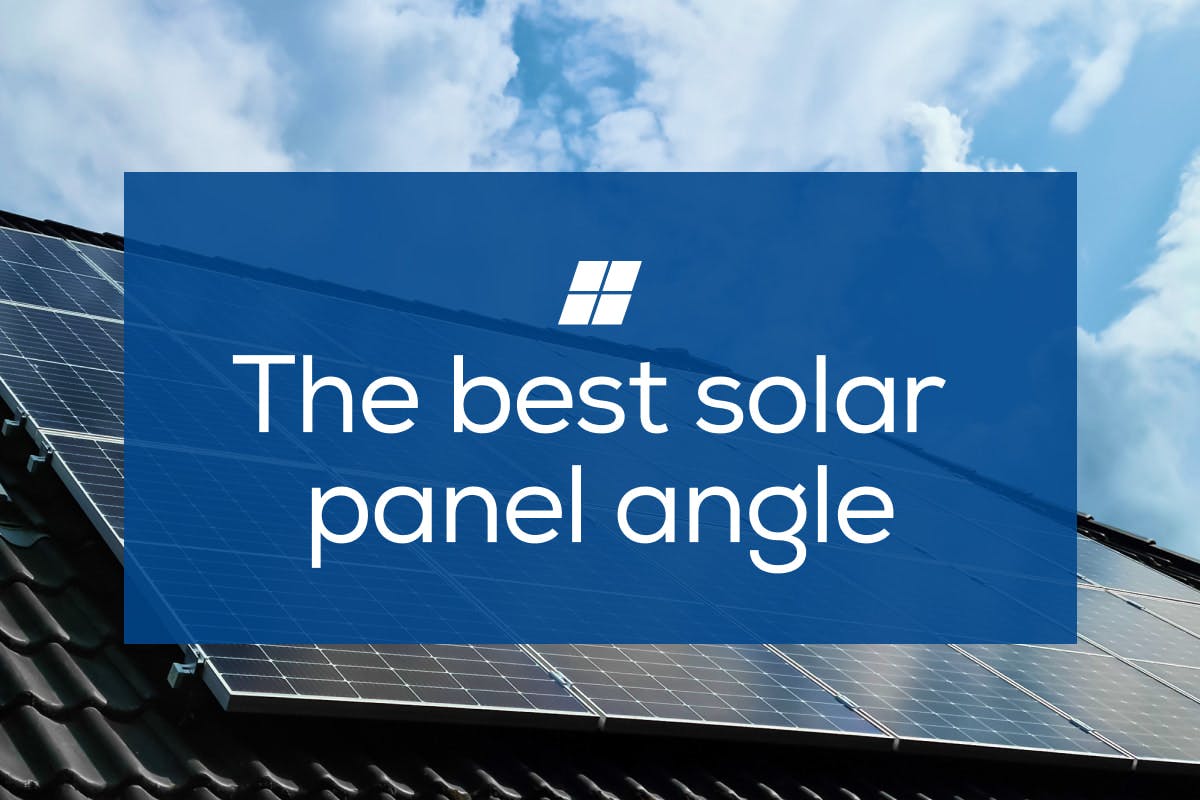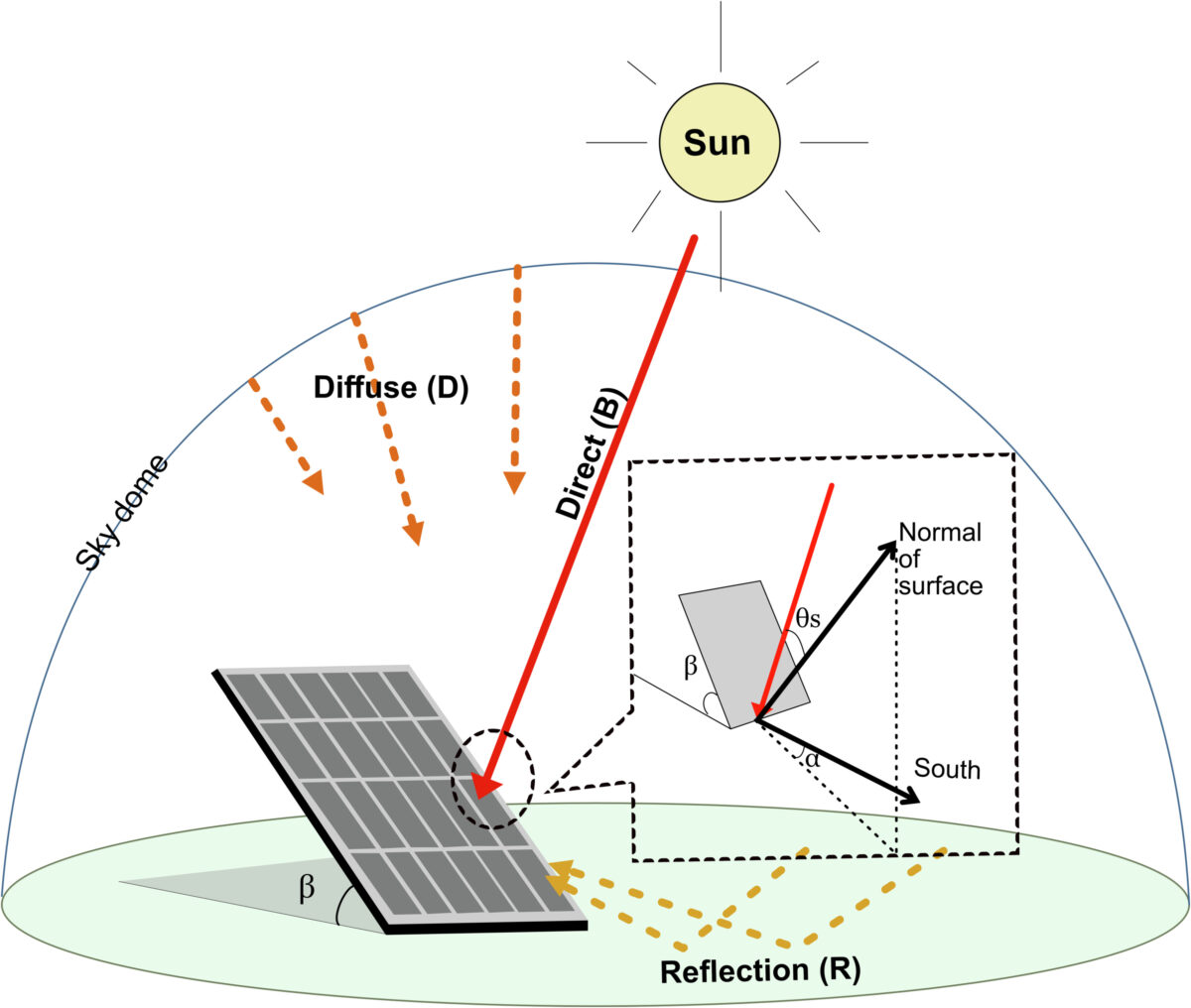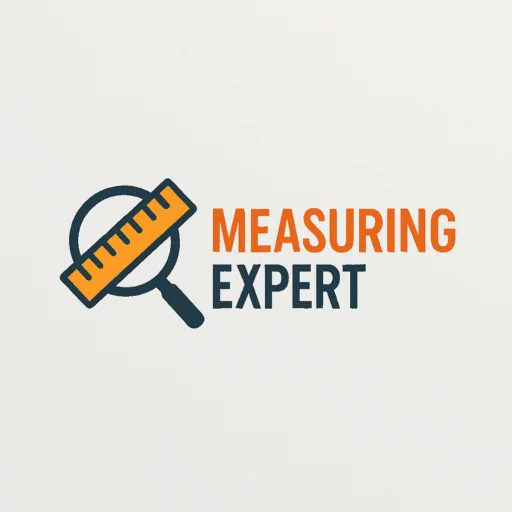To measure angles for solar panel installation, you need a few key tools. Accurate angle measurement ensures your panels get the most sunlight.
Solar energy is a fantastic way to reduce electricity bills and help the environment. To make the most of your solar panels, they must be positioned at the right angle. This ensures they capture the maximum amount of sunlight throughout the day.
The process of measuring angles might seem complex, but with the right approach, it can be straightforward. This guide will help you understand the basics of measuring angles for optimal solar panel installation. By following these steps, you’ll ensure your solar panels are set up for maximum efficiency. Ready to get started? Let’s dive into the details.
Importance Of Angle Measurement
Understanding the angle of solar panels is crucial. The right angle ensures maximum sunlight exposure. This, in turn, impacts the system’s overall efficiency and performance.
Efficiency And Performance
Correct angle measurement boosts solar panel efficiency. Panels capture more sunlight. This leads to better energy conversion. The system performs optimally. It reduces energy loss and increases output.
Impact On Energy Output
The angle affects energy output significantly. Panels set at the wrong angle produce less energy. Proper measurement ensures they harness maximum sunlight. This results in higher energy output. It means more savings on electricity bills.
Tools For Measuring Angles
Accurate angle measurements are crucial for effective solar panel installation. The right tools can make the job easier and more precise. Let’s explore some of the most useful tools.
Protractors And Inclinometers
Protractors are simple and reliable tools. They have a flat, semi-circular design. This design allows for easy angle measurement. Place the protractor against the surface to find the angle.
Inclinometers are another helpful tool. They measure angles relative to gravity. Inclinometers can be digital or analog. They are perfect for measuring tilt angles. Simply place them on the surface and read the angle.
Digital Angle Finders
Digital angle finders are advanced tools. They provide precise measurements quickly. These devices have digital displays. The displays show the angle in degrees.
Some digital angle finders have extra features. For example, they can store measurements. This makes them ideal for complex tasks. They are user-friendly and efficient.
Basic Concepts Of Angles
Understanding the basic concepts of angles is essential for solar panel installation. Accurate angle measurement ensures that panels capture maximum sunlight. This section will cover the types of angles and units of measurement.
Types Of Angles
Angles are classified based on their measurement. Here are the main types:
Acute Angles: Angles less than 90 degrees. For example, 45 degrees.
Right Angles: Angles exactly 90 degrees. Think of the corner of a square.
Obtuse Angles: Angles greater than 90 degrees but less than 180 degrees.
Straight Angles: Angles exactly 180 degrees. Imagine a straight line.
Reflex Angles: Angles greater than 180 degrees but less than 360 degrees.
Units Of Measurement
Angles are measured in degrees or radians.
Degrees: The most common unit. A full circle is 360 degrees.
Radians: Another unit. A full circle is 2π radians. Radians are often used in higher mathematics.
For solar panel installation, degrees are typically used. Understanding these units is crucial for accurate measurement.

Credit: palmetto.com
Steps To Measure Angles
Hey there! If you’re looking to install solar panels, knowing how to measure angles is super important. Proper angle measurement ensures your panels get the most sunlight. And more sunlight means more energy. Let’s dive into the steps you need to follow to measure these angles effectively.
Site Assessment
First things first, you need to assess the site. This is where your solar panels will live, so take your time here.
- Look around your roof or the ground where you plan to install the panels.
- Check for any obstructions like trees or buildings that might block sunlight.
- Note the direction your roof faces. South-facing roofs are often the best for solar panels.
- Consider the tilt of your roof. A steeper tilt can sometimes mean more sunlight.
In my experience, a thorough site assessment can save you from many headaches later on. I once skipped this step and ended up with panels that got shaded by a big tree. Not fun!
Placement Of Measuring Tools
Next, you need to place your measuring tools. These tools will help you find the perfect angle for your panels.
- Use a compass: This helps you find the exact direction your roof faces. Place the compass flat on the roof and note the reading. South is usually best.
- Use an inclinometer: This tool measures the tilt of your roof. Place it directly on the roof’s surface and read the angle. Most solar panels work best at an angle between 30 to 45 degrees.
- Double-check your work: Always double-check your measurements. A slight error can make a big difference in the amount of sunlight your panels get.
Trust me, using the right tools makes the job so much easier. When I first started, I didn’t have an inclinometer and just guessed the angle. Big mistake! The panels didn’t get enough sunlight, and I had to redo everything.
Measuring angles might seem tricky at first. But with these steps, you’ll be well on your way to a successful solar panel installation. Happy measuring!
Calculating The Optimal Angle
Hey friends, today we are diving into the world of solar panel installation. One key thing to get right is the angle of your panels. It’s not as complicated as it sounds. Just think of it like adjusting a sun umbrella to get the most shade. Ready to learn how? Let’s get started with the basics.
Geographical Location
Your location plays a huge role in determining the best angle for your solar panels. Why? Because the sun’s position changes depending on where you are. Here’s a simple way to figure it out:
- Latitude: This is your north-south position on the globe. It affects how high the sun gets in the sky.
- General Rule: A basic rule is to set your panel’s tilt to match your latitude. For example, if you live at 40 degrees latitude, tilt your panels to 40 degrees.
Easy, right? But wait, there’s more to consider.
Seasonal Adjustments
Now, let’s talk about seasons. Just like how you might wear different clothes in summer and winter, your solar panels also need some adjustments. Here’s why:
- Summer: In summer, the sun is high in the sky. Lower your panels slightly to catch those rays.
- Winter: In winter, the sun is lower. Tilt your panels up more to maximize exposure.
Think of it like tuning a radio to get the best signal. Adjustments can make a huge difference.
Here’s a quick example: I recently helped my neighbor with their solar panel setup. They live in a place with harsh winters. We adjusted their panels to a steeper angle in winter. Guess what? They saw a noticeable increase in energy production!
So there you have it. Calculating the optimal angle is about understanding your location and making seasonal adjustments. It’s like fine-tuning a musical instrument to get the best sound. Follow these tips, and you’ll be on your way to efficient solar energy collection. Happy installing!
Common Mistakes To Avoid
Hey friends, today we’re talking about a very important step in solar panel installation: measuring angles. It might seem simple, but there are some common mistakes that can mess up your project. Let’s look at these mistakes and learn how to avoid them.
Incorrect Tool Use
Using the wrong tools is a big mistake. Just like you wouldn’t use a hammer to screw in a nail, you shouldn’t use just any tool to measure angles. Here are some tools you should use:
- Protractor: This is great for basic angle measurements.
- Inclinometer: This tool is perfect for measuring the tilt angle directly.
- Smartphone Apps: Yes, there are apps that can help! Just make sure they are accurate.
A personal tip? I once tried using a regular ruler and it didn’t go well. Trust me, the right tools make a huge difference.
Ignoring Seasonal Changes
Another mistake is not thinking about the seasons. The sun’s position changes with the seasons, which affects how your solar panels should be angled. If you don’t plan for this, your panels won’t work as well.
Here’s what you need to do:
- Check the sun’s angle in summer and winter.
- Adjust your panels so they work well in all seasons.
- Remember, a small adjustment now can save you a lot of trouble later.
The good news? You can find online calculators that help with these adjustments. It’s easier than you think!
So there you have it, friends. Avoid these common mistakes and your solar panel installation will go much smoother. Got any tips or experiences to share? Let me know in the comments!
Advanced Techniques
Advanced techniques for measuring angles for solar panel installation provide greater accuracy. They ensure maximum efficiency. These methods are crucial for optimizing energy production.
Using Solar Path Charts
Solar path charts help predict the sun’s position. They show the sun’s path across the sky. This helps in determining the best angle for panels. By using these charts, you can see the sun’s movement throughout the year. This ensures panels receive maximum sunlight.
To use a solar path chart, find your location’s latitude. Then, match it with the chart’s data. This will show the sun’s altitude and azimuth angles. You can then adjust your solar panels for optimal exposure.
Software Tools
Software tools simplify angle measurements. They provide accurate data based on your location. Many tools offer 3D simulations. These simulations show how sunlight interacts with your site. This helps in identifying potential obstructions.
Popular tools include PVsyst and Solar Design Tool. These tools offer detailed analysis. They consider various factors like shading and tilt. By using these tools, you can ensure your panels are positioned correctly. This maximizes energy production.

Credit: www.linkedin.com
Maintaining Optimal Angles
Maintaining optimal angles for solar panel installation is crucial for maximizing energy efficiency. The angle of your solar panels can significantly affect the amount of sunlight they capture. Proper alignment ensures that your solar panels receive the most sunlight throughout the year. This section will guide you on how to maintain these optimal angles.
Regular Inspections
Regular inspections are essential for ensuring your solar panels remain at the correct angle. Over time, weather conditions can affect the positioning of your panels. Inspect your panels at least twice a year. Check for any signs of movement or shifting. Look for debris or dirt that might affect the angle.
Use a solar pathfinder or similar tool. These tools help in measuring the current angle. Compare the actual angle with the recommended angle for your location. Adjust as necessary to maintain the optimal position.
Adjustments Over Time
Adjustments over time are necessary to keep your solar panels efficient. As the seasons change, the sun’s position in the sky changes too. This affects the optimal angle of your panels. In winter, a steeper angle may be needed. In summer, a shallower angle might be more effective.
Track the performance of your solar panels. Use monitoring software to see how much energy they produce. If you notice a decrease in energy production, it might be time to adjust the angle. Small, regular adjustments can maintain high efficiency throughout the year.

Credit: www.pv-magazine.com
Frequently Asked Questions
How To Calculate Angle For Solar Panels?
To calculate the angle for solar panels, use this formula: Latitude + 15° in winter, Latitude – 15° in summer. Adjust seasonally for optimal efficiency.
What Is The Rule Of Thumb For Solar Panel Tilt?
Tilt solar panels at an angle equal to your latitude. This maximizes energy production throughout the year. Adjust seasonally for optimal performance.
What Angle Should My Solar Panels Be Right Now?
Adjust solar panels to your latitude angle for optimal efficiency. This maximizes sun exposure throughout the year.
How Is The Solar Angle Measured?
The solar angle is measured using a solar inclinometer or a protractor. It determines the sun’s position relative to the horizon.
Conclusion
Accurate angle measurement ensures optimal solar panel performance. Proper tools and methods simplify the process. Always double-check your measurements for precision. This guarantees maximum efficiency from your solar panels. Remember, the right angle captures the most sunlight. With these tips, your installation will be successful.
Your solar energy system will perform at its best. Happy solar panel installing!
